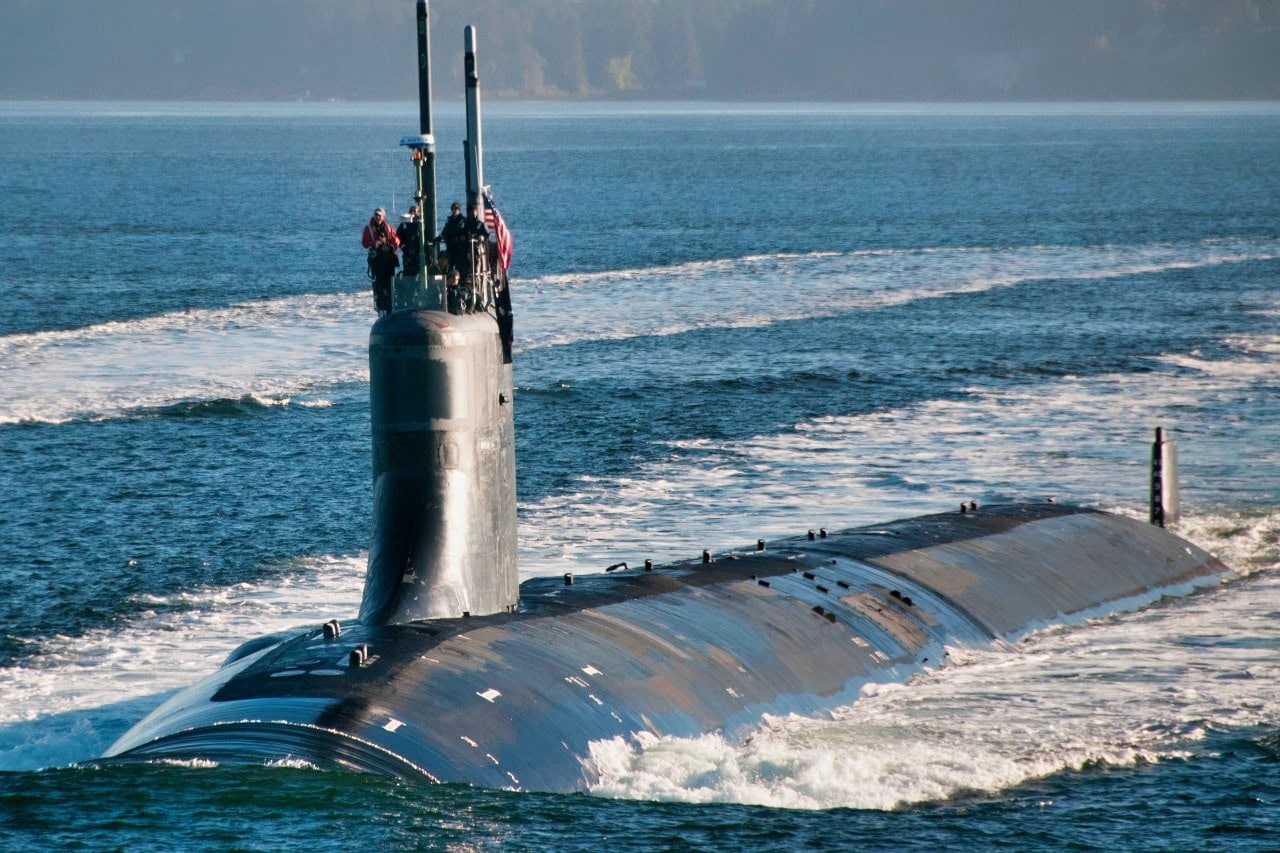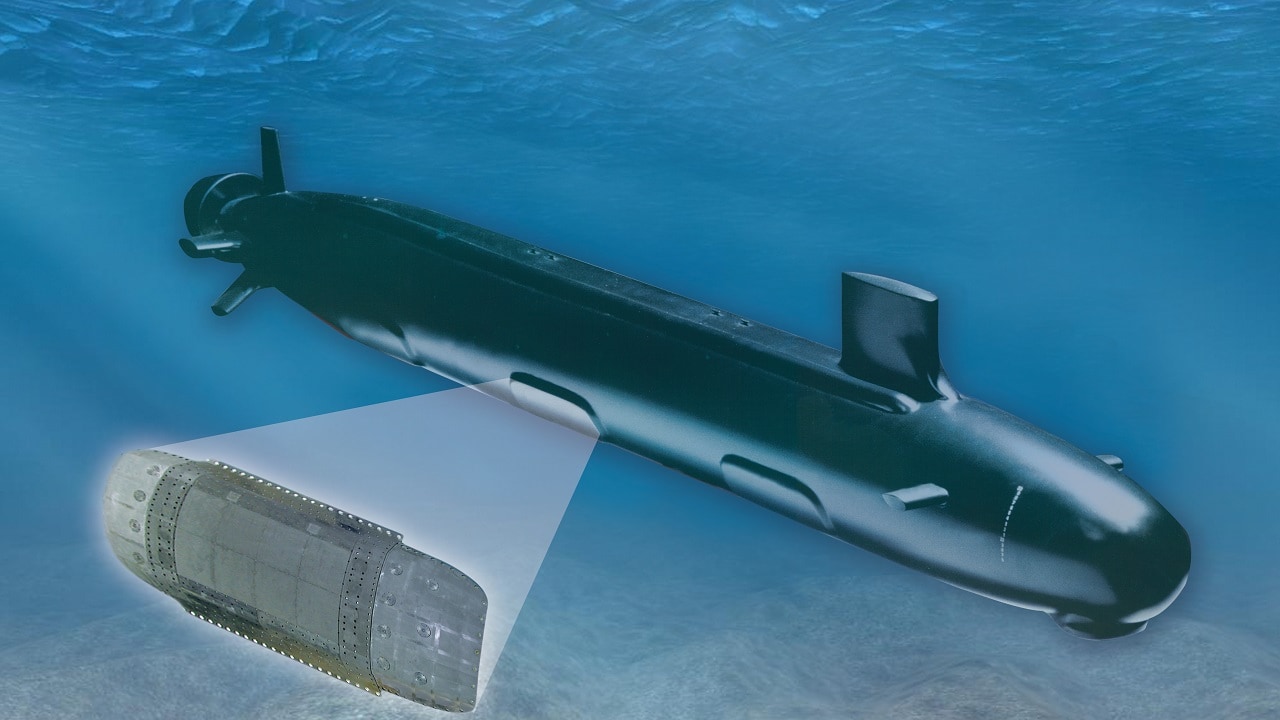Article Summary: The U.S. Navy’s SSN(X) submarine is designed to be the ultimate underwater warfare platform, combining the stealth of the Virginia-class, the firepower of the Seawolf-class, and the endurance of the Columbia-class. This next-generation attack submarine will feature electric drive propulsion, enhanced sensors, and the ability to counter enemy unmanned underwater vehicles.
Key Point #1 – However, delays and budget constraints have pushed its expected deployment to the 2040s.
Key Point #2 – With China and Russia expanding their undersea capabilities, questions remain: Can the Navy deliver the SSN(X) on time, and will it be enough to maintain America’s dominance in the underwater battlespace?
SSN(X) Submarine Delayed—Can the U.S. Keep Up with China and Russia?
SSN(X) is a US Navy program for a next-generation nuclear-powered attack submarine that would ultimately replace the Virginia and Seawolf-class boats.
Not much is known about the program, first, as it is in the design and development stages.
Secondly, the mission of the submarine is highly classified, as are most of the technologies and systems that will make up its configuration.
Even less certain is exactly when these ships will actually be deployed, however, most reports say in the 2040s.
The current US defense budget is being stressed by multiple programs that are vital to national security, and in several cases, newly-deployed assets are desperately needed to replace older, legacy platforms.
The other limiting factor is the raft of technologies which are supposed to be part of SSN(X) design.
The new sub is supposed to be stealthy, incorporate an entirely new generation of sensors, and be heavier but also capable of moving at higher speeds than the boats it will replace.
According to a December 2024 Congressional Research Service (CRS) report, the US Navy is seeking to bring the best of all worlds together in this submarine.
Navy officials have stated that they want the SSN(X) “to incorporate the speed and payload of the Navy’s fast and heavily armed Seawolf (SSN-21) class SSN design, the acoustic quietness and sensors of the Virginia-class design, and the operational availability and service life of the Columbia-class design.”
Special Missions for SSN(X)
Another more specific Navy statement on the submarines states they “will be designed to counter the growing threat posed by adversarial competition for undersea supremacy. They will offer greater speed, increased horizontal payload capacity [i.e., in the torpedo room], improved acoustic superiority, optimized non-acoustic signatures, and greater operational availability. The SSN(X) will conduct full-spectrum undersea warfare and will be capable of coordinating with a larger contingent of external vehicles, sensors, and allied forces.”

PUGET SOUND, Wash. (Sept. 11, 2017) The Seawolf-class fast-attack submarine USS Jimmy Carter (SSN 23) transits the Hood Canal as the boat returns home to Naval Base Kitsap-Bangor. Jimmy Carter is the last and most advanced of the Seawolf-class attack submarines, which are all homeported at Naval Base Kitsap. (U.S. Navy photo by Lt. Cmdr. Michael Smith/Released)
The SSN(X) is also supposed to be survivable in more challenging and hazardous environments and be able to defend itself against underwater unmanned vehicles.
Like other next-generation platforms of the different service branches, it is also supposed to be a battle management platform that can coordinate with other friendly forces and sensor nodes.
To accomplish these missions, the SSN(X) is supposed to be equipped with much quieter electric drive propulsion and to be fitted with an X-rudder for enhanced maneuverability.
Technologies and Planning
The development of these new systems and seeing the technology required for them to be mature in time for production has pushed the launch of the SSN(X) from the mid-2030s into the 2040s.
The same CRS Reports point out that the schedule delay “poses a significant challenge for the submarine design industrial base due to the prolonged gap between the Columbia-class design programs and the SSN(X), which will be managed by the Navy.”
Another section in the report discusses the issue of what manner of propulsion technology would be the correct choice given the reactor power density demands that this larger and heavier sub would demand. One report on the program reads that the question is being debated as to which design would be more cost-effective. A “reactor that employs Low Enriched Uranium (LEU) instead of the Highly Enriched Uranium (HEU).”

Seawolf-class Submarine.
Power requirements are emerging as a more and more critical requirement as several of the same reports observe that “due to technological advancements over the years to improve stealth and other purposes, the displacement of U.S. Navy submarine designs with similar payload capabilities has tended to increase from one generation to the next.”
Finally, given the delays in the program, there is an additional issue of whether or not more than one shipyard should be engaged for the series-production of the SSN(X) final design.
Given the demands that will be placed on the sub yards with the additional requirements of the AUKUS program, this is another Gordian knot that has to be undone.
About the Author: Reuben F. Johnson
Reuben F. Johnson is a survivor of the February 2022 Russian invasion of Ukraine and is now an Expert on Foreign Military Affairs with the Fundacja im. Kazimierza Pułaskiego in Warsaw. He has been a consultant to the Pentagon, several NATO governments and the Australian government in the fields of defense technology and weapon systems design. Over the past 30 years he has resided in and reported from Russia, Ukraine, Poland, Brazil, the People’s Republic of China and Australia.

